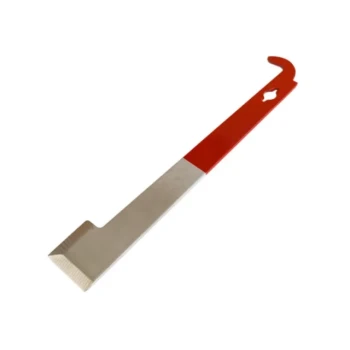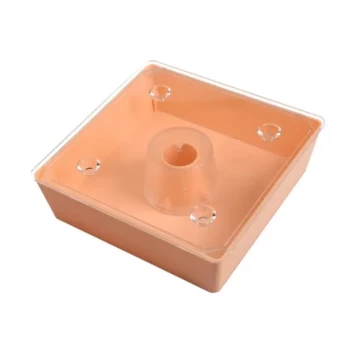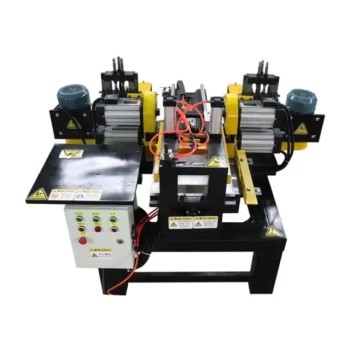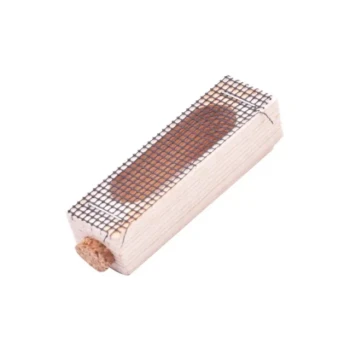To lift a beehive, you must first secure its components together with straps, which can then serve as handholds for a manual lift. For short distances, use these straps to lift the hive onto a dolly or have two people carry it. For heavier hives or longer moves, mechanical assistance from a hoist or tractor is the safest method.
The physical act of lifting a beehive is straightforward; the true challenge lies in the preparation and timing. A successful move minimizes stress on the colony and ensures the safety of both the bees and the beekeeper.
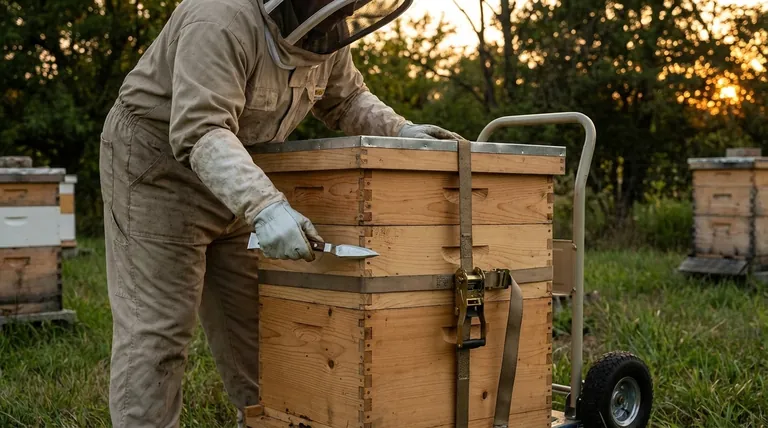
The Cardinal Rule: Preparation and Timing
Moving a beehive is a significant disruption to the colony. Your primary goal is to perform the move when the entire population is inside and calm, ensuring no bees are left behind and the risk of agitation is low.
Why Night Moves are Non-Negotiable
A hive should only be moved at night or in the very early morning before sunrise.
By nightfall, all forager bees have returned from the field. Moving the hive during the day means thousands of foragers will return to an empty location with no way to rejoin their colony.
Bees are also far less active and defensive in the cool darkness, making the entire process safer and calmer.
Securing the Hive Components
A beehive consists of stacked boxes (supers), a bottom board, and a lid. These must be fastened into a single, stable unit before any lift is attempted.
Use ratchet straps or banding to tightly secure all the boxes together, running the straps from the bottom board to the top cover. This prevents any components from shifting or separating during the lift.
Managing the Entrance
Before lifting, the hive entrance must be blocked to keep the bees inside.
Use a screened entrance block or a piece of folded hardware cloth. This allows for critical ventilation while preventing bees from escaping during the move. Never seal a hive completely, as the colony can quickly overheat.
Choosing Your Lifting Method
The right method depends on the weight of the hive, the distance of the move, and the equipment you have available. A mature hive full of honey can easily weigh over 100 lbs (45 kg).
Manual Lifting (For Short Distances)
For moving a hive a short distance within the same apiary, a manual lift is often sufficient. The straps used to secure the hive now serve as convenient handholds.
With a partner, one person on each side, use proper lifting technique (lift with your legs, not your back) to carry the hive to its new location. Alternatively, lift the hive onto a sturdy dolly or hand truck to reduce strain.
Mechanical Assistance (For Heavy Hives or Long Distances)
When dealing with very heavy hives or loading them onto a vehicle for relocation, mechanical assistance is strongly advised.
A small tractor with a forklift attachment or a dedicated hive hoist provides the most stability and control. This method dramatically reduces the risk of dropping the hive, which can be catastrophic for the colony and dangerous for the operator.
Understanding the Risks and Trade-offs
Lifting and moving a hive is not without risk. Understanding the potential problems allows you to mitigate them effectively.
Risk of Dropping the Hive
The most immediate physical risk is dropping the hive. This can break equipment, kill a significant number of bees, and potentially destroy the queen. It also creates an immediate and highly defensive situation.
Always ensure your footing is stable and that the path to the new location is clear of obstacles before you begin the lift.
Stress on the Colony
Jostling and vibration are extremely stressful for the colony. It can cause comb to break, crushing brood and spilling honey.
Move the hive as smoothly and gently as possible. When placing it on a vehicle, pack hives tightly together or strap them securely to prevent them from shifting during transit.
Losing Forager Bees
Even with a night move, some bees can be left behind. When the hive is moved more than a few feet, returning foragers will become disoriented.
To reorient the bees to their new location, place a branch or a pile of leaves in front of the entrance after the move. This forces them to perform a new orientation flight when they first emerge, mapping their new surroundings.
Making the Right Choice for Your Goal
Your approach should be dictated by the specific type of move you are undertaking.
- If your primary focus is a short move within the same yard: A simple two-person manual lift using straps as handholds is efficient, but a dolly is recommended to minimize strain and risk.
- If your primary focus is a long-distance relocation: Securing the hive components and using mechanical assistance to load it onto a vehicle is the only safe and reliable option.
Ultimately, a well-prepared and carefully executed lift protects your investment and respects the intricate society living within the hive.
Summary Table:
| Lifting Method | Best For | Key Considerations |
|---|---|---|
| Manual Lift (2 People) | Short-distance moves within the apiary | Use straps as handholds; lift with legs, not back. |
| Dolly / Hand Truck | Reducing strain during short moves | Ensure hive is securely strapped to the dolly. |
| Mechanical Assistance (Hoist/Tractor) | Heavy hives, long-distance relocations | Provides maximum stability and control; safest option. |
Need reliable equipment for your next hive move? As a leading wholesale supplier to commercial apiaries and distributors, HONESTBEE provides the durable straps, tools, and knowledge you need to manage your hives safely and efficiently. Protect your investment and ensure smooth operations—contact our team today to discuss your beekeeping supply needs.
Visual Guide
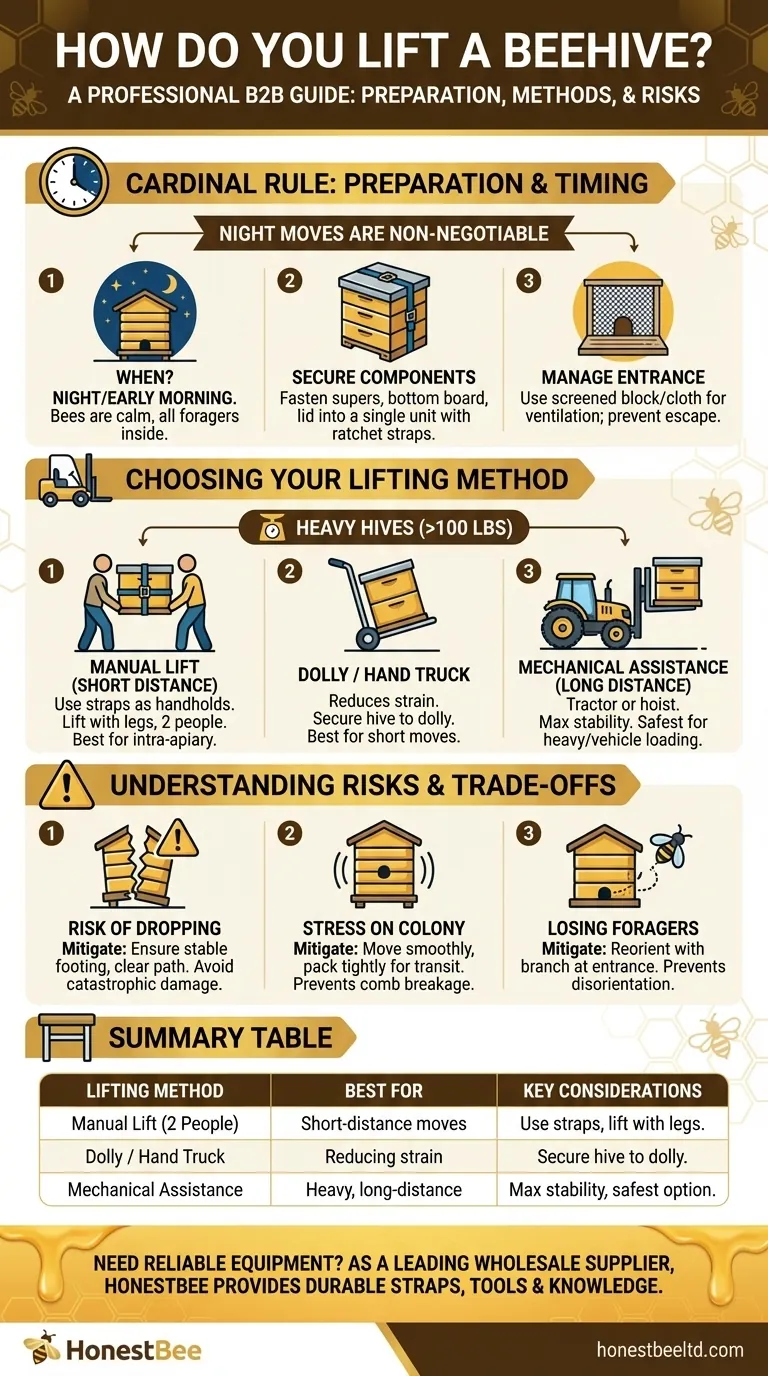
Related Products
- HONESTBEE Premium Italian Style Hive Tool with Hardwood Handle
- HONESTBEE Advanced Ergonomic Stainless Steel Hive Tool for Beekeeping
- Professional Dual-End Stainless Steel Hive Tool for Beekeeping
- Wholesales Dadant Size Wooden Bee Hives for Beekeeping
- Ergonomic Two Person Foldable Hive Lifter
People Also Ask
- What is a hive tool and why is it important in beekeeping? The Essential Key to Hive Management
- Is it advisable to manage a large number of hives alone? The Risks of Solo Beekeeping at Scale
- What are some common uses of a hive tool? Essential Multi-Purpose Tool for Every Beekeeper
- What are the benefits of a multi-functional hive tool? Streamline Your Apiary Workflow with One Tool
- What is required for regular inspections in both Flow Hives and Langstroth hives? Essential Beekeeping Tasks Explained








